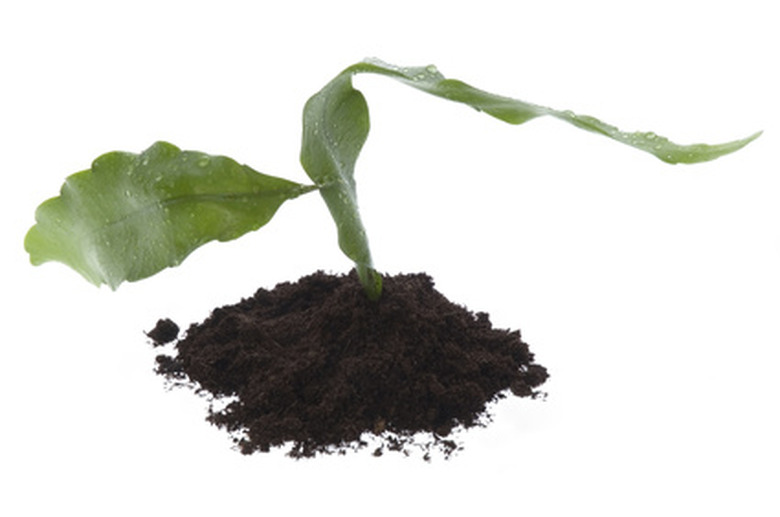Soil Types In Virginia
The state of Virginia surveys its soil types in a different manner than other agricultural states such as Ohio. The survey form is less formal, dealing primarily with two major ingredients: bulk density and acid levels (measure as usual, by pH). Virginia soils are enriched by the complex river system running from the western mountains throughout the state, moving from west to east. These rivers carry soils throughout the state, leading to rich soils deposited in the lowlands near the rivers. However, recent surveys by both the Virginia Department of Conservation and the U.S. Department of Agriculture have raised alarming problems for Virginia's soil.
Bulk Density
Bulk Density
The problem with heavy, bulky soil is that, if too dense, it can prevent good root formation, which is not good for crops. Clay soils have lower bulk than sand soils. Bulk density above 1.8 grams per cubic centimeter are generally considered poor growing soil for many crops. In Virginia, the far eastern coastal plain is the densest and sandiest soil. According to the USDA, this region has roughly half percent of its soils unsuited for growing. The state in general has about 30 percent of its bulk density too high for good root formation.
Acid
Acid
Far worse for soil conditions is acid. As acid levels rise, nutrients are taken from the soil, and aluminum takes their place. The higher the acid content, the worse for farming. According to USDA data, about half of Virginia's soil has a pH level under 5, which is acidic. These acid contents are concentrated in the central and far eastern region of the state. The James River (which goes through central Virginia) and other rivers, however, are able to bring healthier soils from elsewhere, retaining some good agricultural land in these areas. River plains remain Virginia's best soil, regardless of location.
Pamunkey Soil
Pamunkey Soil
This soil is the state's official soil type. It is some of the best soil in the country. It is brought to the western and central counties of the state through the James River. This type of soil works best with crops such as tobacco, cotton, small grains and vegetables. It seems that although the acid content is high in these areas, the soil from the western mountains still creates a soil type that remains good for farming, especially along the rivers.
Agriculture
Agriculture
Agricultural maps of the state strongly suggest that the best areas for general agriculture are in the northwest. The central regions are spotty, and the mountainous ridge that makes up the long western and northwestern border of the state is entirely unsuited for farming as the slope is too great. The richest Virginia soils are found along the rivers and in the northwest. Central Virginia remains a place for dairy farming.
Cite This Article
MLA
Johnson, Walter. "Soil Types In Virginia" sciencing.com, https://www.sciencing.com/soil-types-virginia-6025020/. 24 April 2017.
APA
Johnson, Walter. (2017, April 24). Soil Types In Virginia. sciencing.com. Retrieved from https://www.sciencing.com/soil-types-virginia-6025020/
Chicago
Johnson, Walter. Soil Types In Virginia last modified March 24, 2022. https://www.sciencing.com/soil-types-virginia-6025020/
